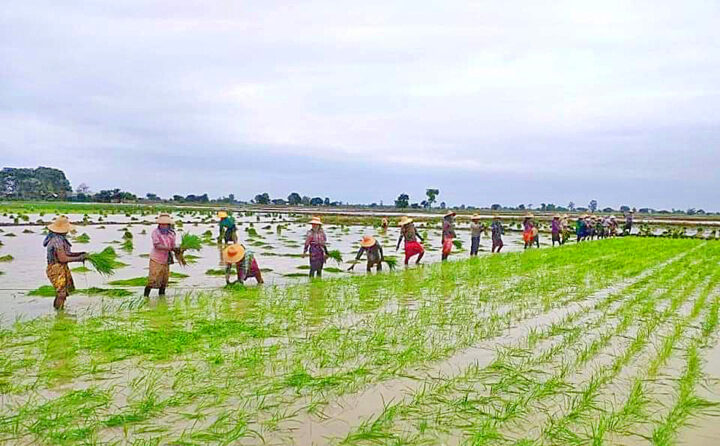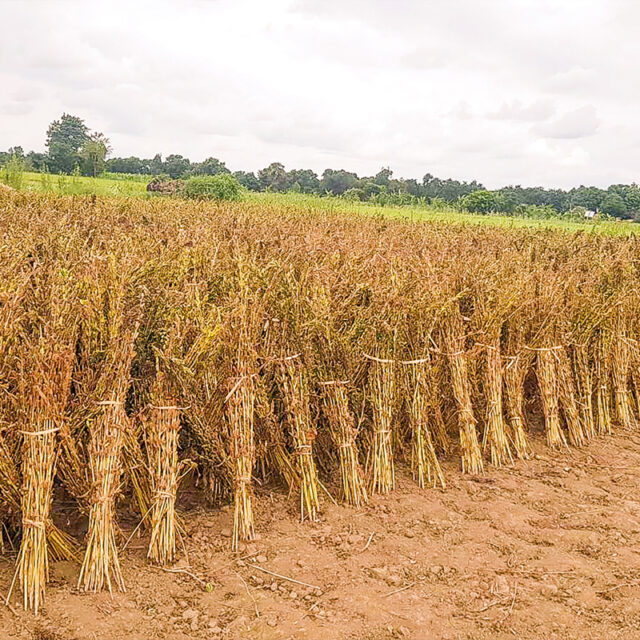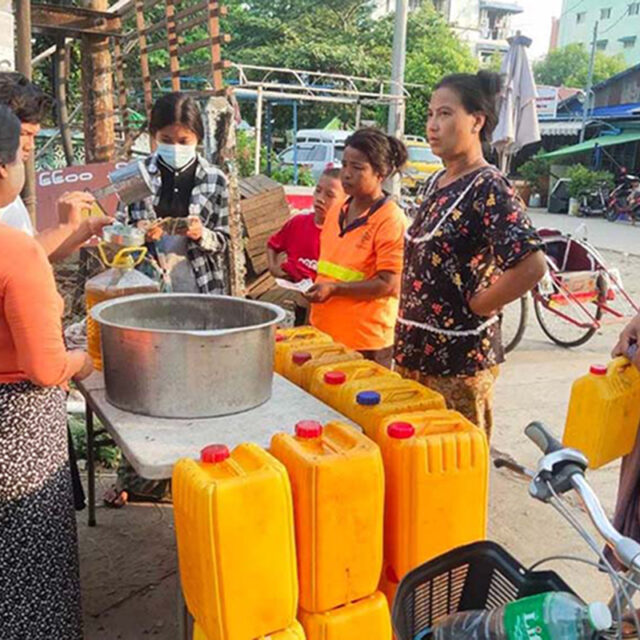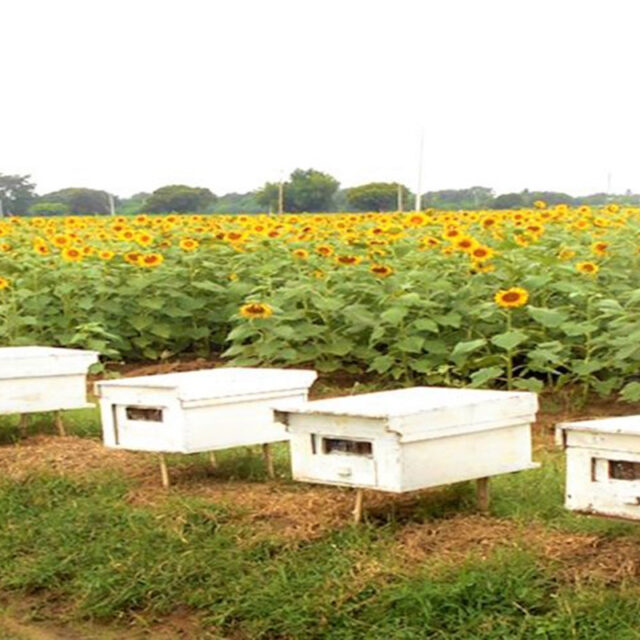El Niño might cause less rainfall and could disrupt the rice supply across Asia, which accounts for 90 per cent of global production of rice, experts warned. However, Myanmar has had heavy rainfall in recent days and only little damage occurs.
Flooding triggered by Cyclone Mocha in May 2023 negatively affected the crops stored along the river in the Sinphyukyun area, Magway Region, leaving some residents dead as well.
Heavy rainfalls usually lead to flooding, landslides, and damage to road systems and crops. However, it has been many years since flooding does not happen in delta regions. Flooding hindered road transportation before 2010 on Yangon-Pathein Road, Ko Phoe Cho, a former owner of Pathein’s highway express, told the Global New Light of Myanmar.
Some delta regions experience two high tides and low tides a day. But the residents can use other roads instead.
There is normal rainfall in Myanmar’s rice-producing areas Ayeyawady, Bago, Yangon and Sagaing regions. The paddy growing season is going to end and rice plants can survive floods for a few days.
Despite the El Nino climate pattern this year, Myanmar experienced heavy rainfalls as a consequence of Cyclone Mocha. Rainfalls fed well some upper Myanmar regions in need, making growing activities go well. However, there are some warnings for crops grown under an intercropping system which require a high irrigation water supply in the late monsoon season.
In early 2023, rainfalls destroyed some garlic at harvest time, pushing the price to the highest of K9,000-10,000 per viss in history.
Consumers have concerns over the possible inflation if the weather has an impact on the crops. – TWA/EM
Heavy rainfall causes only little damage to paddy cultivation in Shwebo
- July 20, 2023
- 636














